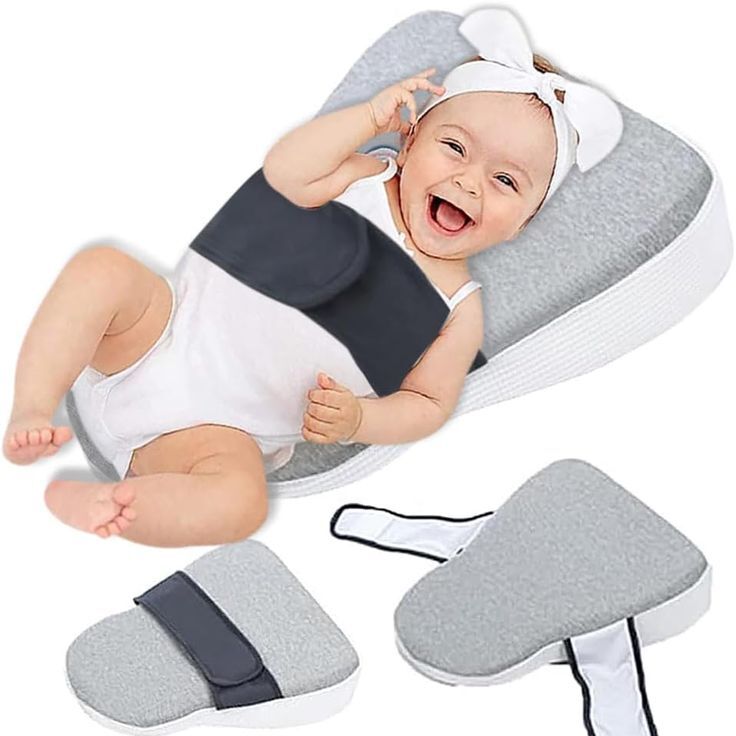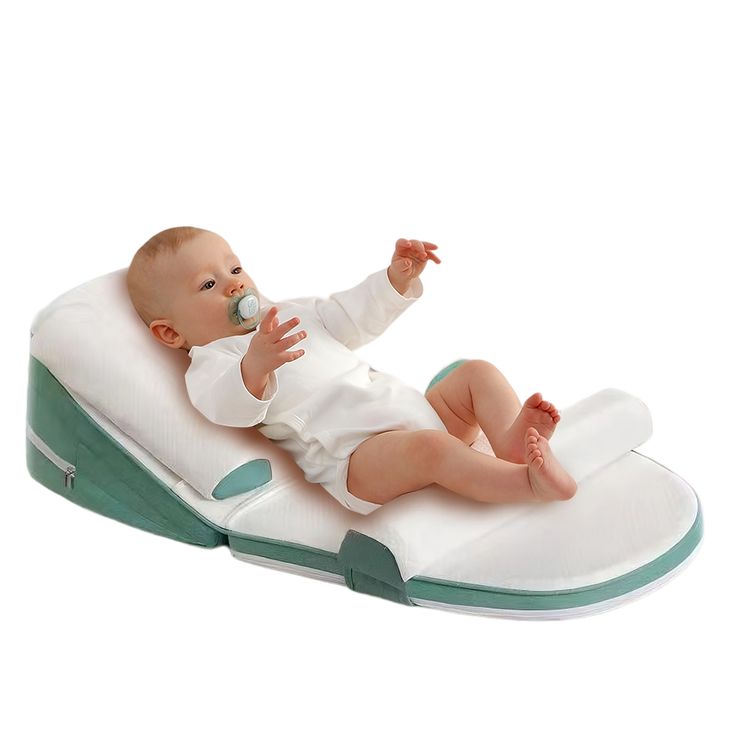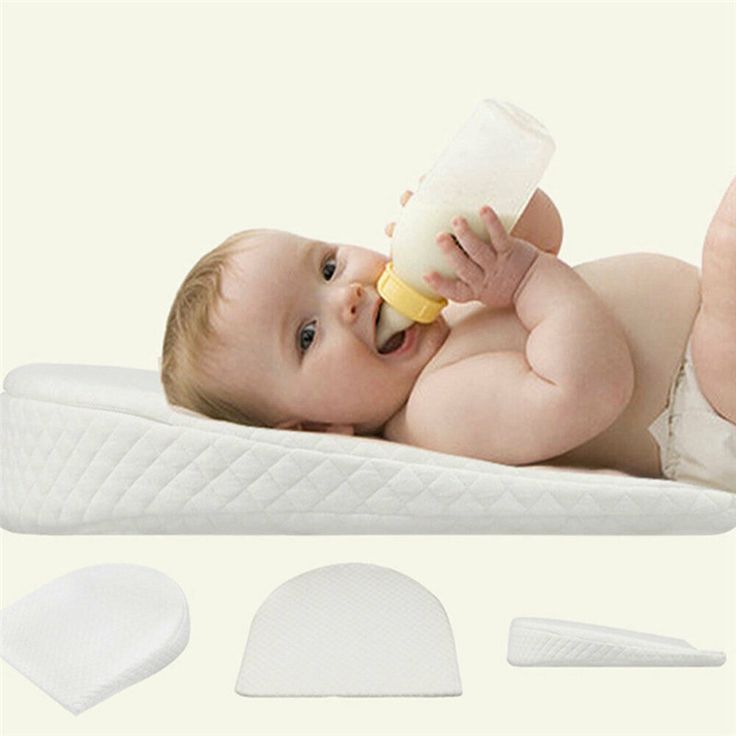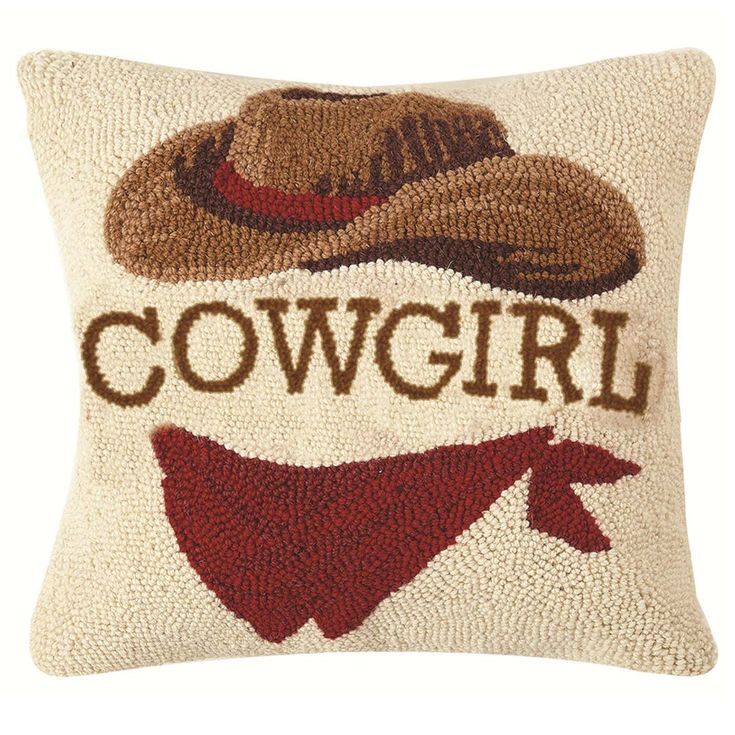Feeding a baby should be a joyful experience, yet many parents encounter challenges due to reflux. This issue affects countless infants, causing discomfort during and after feeding. A baby reflux pillow stands out as a practical solution for alleviating feeding discomfort. These specialized pillows offer strategically designed support that can make a significant difference in how babies experience mealtime. In this article, we will explore how baby reflux pillows work, their benefits, and tips for choosing the right one for your child.

Understanding Baby Reflux: What Parents Need to Know
Before discussing the effectiveness of baby reflux pillows, it’s essential to understand what reflux is and how it affects infants. Gastroesophageal reflux (GER) occurs when stomach contents flow back into the esophagus. This backflow can lead to various discomforts, including spitting up, irritability, and even disrupted sleep patterns. Many babies experience reflux, especially in the early months of life, when their digestive systems are still immature.
Reflux can be particularly distressing during feeding times. Parents may observe their babies arching their backs, crying, or showing signs of discomfort right after eating. These signs indicate that the feeding may not be going smoothly, which can add to the stress of caring for a newborn. Understanding these symptoms allows parents to seek solutions that ensure their babies feel comfortable and secure during feeding times.
The Role of a Baby Reflux Pillow
A baby reflux pillow provides crucial support that directly addresses the issue of reflux. The design typically features a gentle incline, allowing infants to maintain an elevated position during and after feeding. This elevated position works against gravity, minimizing the chances of stomach contents refluxing back into the esophagus. As a result, babies experience less discomfort, making feeding times more enjoyable for both the child and the parent.
Additionally, a baby reflux pillow promotes better digestion. When babies are in a slightly inclined position, their bodies can process and digest food more efficiently. This included benefit leads to fewer instances of spitting up and fussiness. Furthermore, the design of these pillows often encourages a relaxed feeding posture, whether parents are bottle-feeding or breastfeeding. This means that both feeding and digestion can improve, providing relief from the discomfort associated with reflux.

Benefits of Using a Reflux Pillow
The advantages of incorporating a baby reflux pillow into feeding routines extend beyond just comfort. One major benefit is the reduction of complications associated with reflux, such as aspiration. Aspiration occurs when food or liquid enters the airway instead of the esophagus, leading to choking or respiratory issues. By keeping infants at an incline, baby reflux pillows help minimize the risk of aspiration and provide parents with peace of mind during feeding.
Moreover, using a baby reflux pillow can lead to fewer instances of spitting up, which often creates a mess and adds to parental stress. Parents frequently worry about their baby’s well-being during feeding times. With a reflux pillow in use, they can feel more confident knowing that their baby is comfortably supported, lessening the likelihood of reflux incidents. Additionally, the ergonomic design can provide all-around support not only during feeding but also while the baby is resting, contributing to a more restful sleep.
Also noteworthy is the potential for establishing a positive association with feeding. When babies experience less discomfort, they are likely to associate mealtime with comfort and security instead of pain. This leads to better feeding habits and can help establish a routine that promotes healthy growth and development.
Choosing the Right Baby Reflux Pillow
Not all baby reflux pillows are created equal. When selecting the right one, several factors come into play. First, consider the incline. Most medical experts suggest that an incline of 30 to 45 degrees is appropriate for managing reflux. Look for a pillow designed with this in mind. Some pillows come with adjustable features that allow parents to customize the incline according to their baby’s specific needs.
Next, pay attention to the materials. The best baby reflux pillows use hypoallergenic, breathable fabrics that are gentle on a baby’s sensitive skin. Memory foam and other supportive materials can provide extra comfort without compromising on safety. Ensure that the pillow cover is also machine washable for easy cleaning, as spills and spit-ups are common during feeding.
Safety features must also be a priority. Look for pillows with secure straps or safety harnesses to keep the baby in place, especially during the early months when babies tend to squirm. Non-toxic materials and certifications from child safety organizations can give parents peace of mind regarding their choice.

How to Use a Baby Reflux Pillow Effectively
Using a baby reflux pillow effectively requires more than just placing it under your baby during feeding. To reap the full benefits, follow some essential tips to optimize its use. Start by positioning your baby correctly on the pillow. Ensure that their head is elevated and aligned properly to avoid putting unnecessary strain on their neck. Proper alignment not only enhances comfort but also reduces the likelihood of discomfort during feeding. Engage with your baby during this time, maintaining eye contact and a calm demeanor to promote bonding and comfort. This interaction creates a soothing environment that can help both you and your baby feel more relaxed.
Next, be mindful of your baby’s feeding posture. If you bottle-feed, hold the bottle at a slight angle for better milk flow. For breastfeeding, ensure that your positions support the baby’s head and neck adequately. This attention to detail, combined with the use of a reflux pillow, can transform mealtime into a more enjoyable and soothing experience for your baby.
After feeding, allow your baby some time to rest in an upright position on the pillow. This resting period aids in digestion and can significantly lessen the chances of reflux events. However, always ensure that the baby remains in a safe sleeping position on their back when not under direct supervision, reducing any risks associated with sleeping.
Complementing Reflux Pillows with Other Strategies
While a baby reflux pillow serves as an excellent tool for alleviating feeding discomfort, it’s crucial to incorporate additional strategies for managing reflux. These strategies include implementing feeding techniques, dietary adjustments, and keeping a close eye on signals indicating discomfort.
For example, consider practicing smaller, more frequent feedings instead of larger ones. Overfeeding can trigger reflux, so adjusting portion sizes may help minimize discomfort. Additionally, make sure to burp your baby regularly during and after each feeding to help release trapped air that can contribute to spitting up.
Furthermore, parents might look into dietary modifications, especially if they are breastfeeding. Certain foods in a mother’s diet could potentially affect the baby’s reflux symptoms. Working closely with healthcare providers can lead to beneficial dietary choices to ease reflux.

When to Consult a Healthcare Professional
While many babies experience mild reflux, some may need additional medical attention. Parents should consider consulting a healthcare professional if their baby exhibits severe symptoms. Persistent vomiting is one sign that warrants attention. If your baby frequently spits up or vomits after feeding, this may indicate that the reflux is more serious than expected. Another concerning sign is a refusal to eat. If your baby seems reluctant to take in food or displays discomfort during feeding, it’s essential to discuss these behaviors with a doctor. Additionally, any signs of weight loss can signal that your baby is not getting enough nutrition, which requires prompt evaluation.
Moreover, if you notice that using a baby reflux pillow does not lead to significant improvement in your baby’s comfort during feeding, seeking professional advice becomes important. Each baby is unique, and the factors contributing to reflux can differ. A healthcare provider can offer tailored guidance and may suggest medical treatments or lifestyle adjustments to manage reflux more effectively. By collaborating with healthcare professionals, parents can gain valuable insights and solutions that could significantly enhance their baby’s feeding experience and overall well-being.

Conclusion: Embracing Comfort and Security with Reflux Pillows
In summary, baby reflux pillows stand as invaluable resources for alleviating feeding discomfort in infants. They provide the elevated support necessary to minimize reflux incidents, making feeding times more enjoyable for both parent and child. Not only do these specialized pillows promote better digestion, but they also foster a relaxing atmosphere that can positively influence a baby’s overall experience with food.
When parents understand how to effectively select and use a baby reflux pillow, they can significantly enhance their child’s comfort during feeding. Coupling the pillow’s benefits with additional feeding strategies creates a holistic approach to managing reflux. Embracing this proactive stance empowers parents to transform feeding time into a cherished ritual rather than a source of stress.
Ultimately, baby reflux pillows serve as effective tools in promoting a healthy, nurturing environment where babies can comfortably enjoy their meals and thrive.


